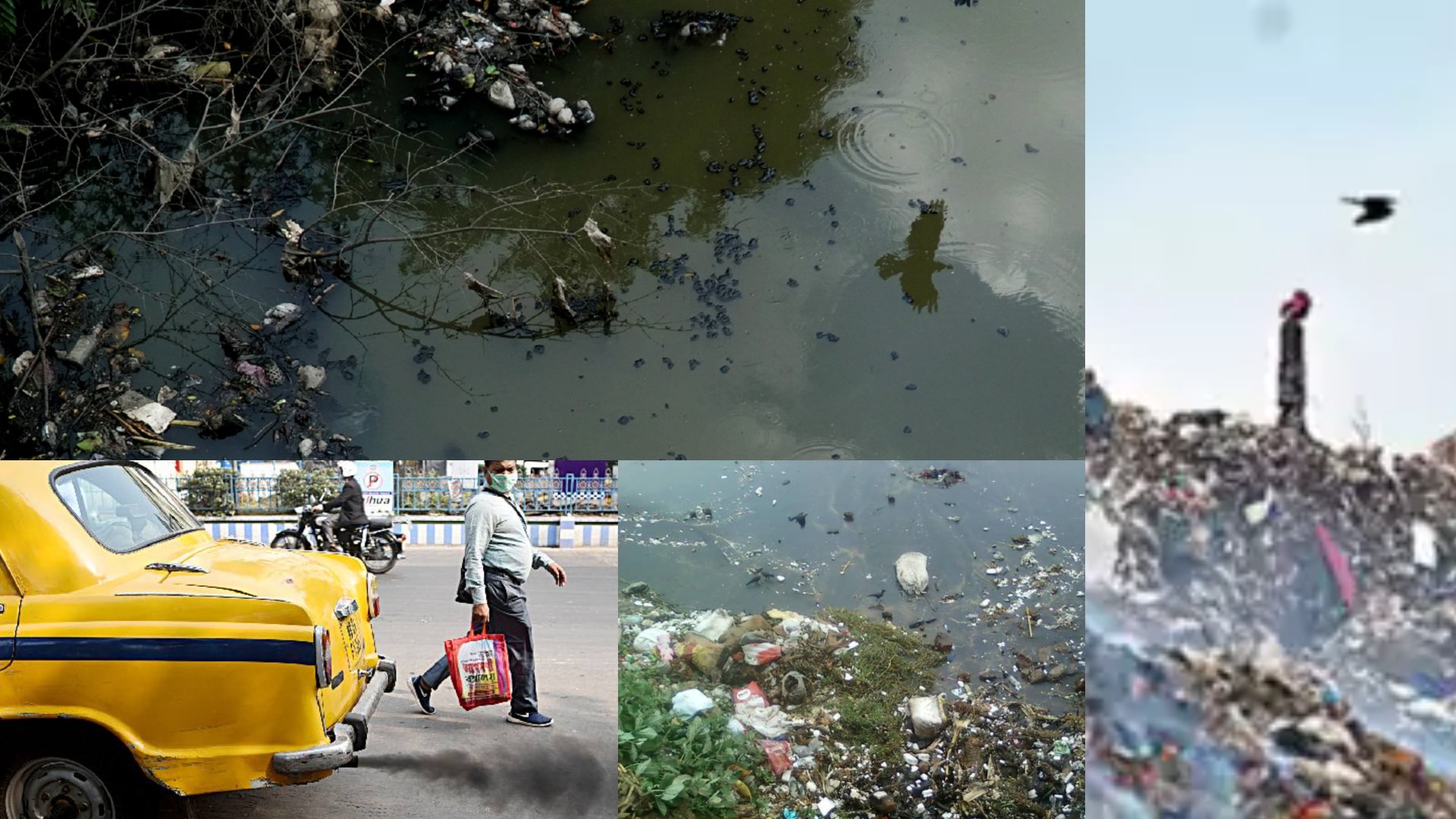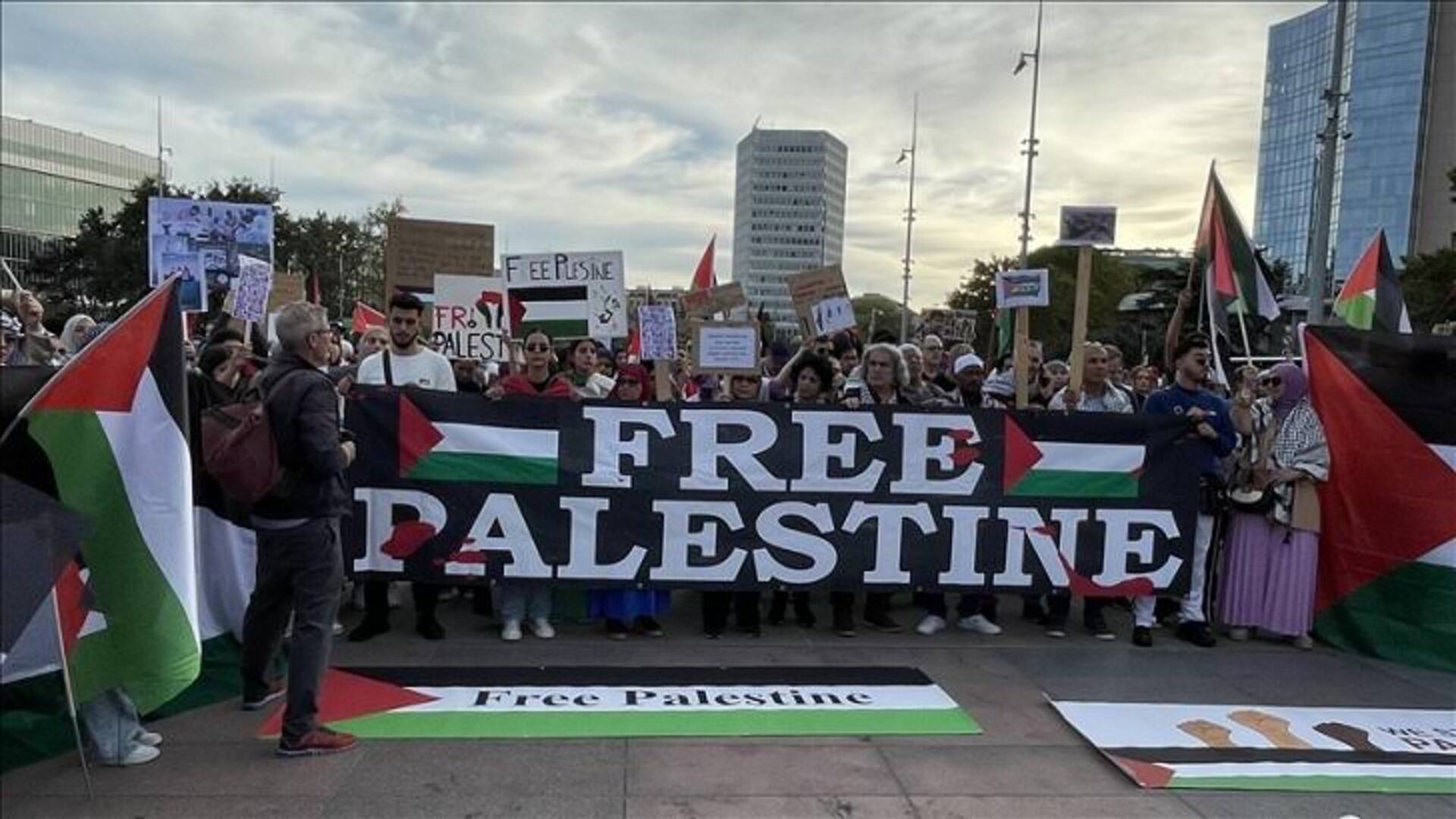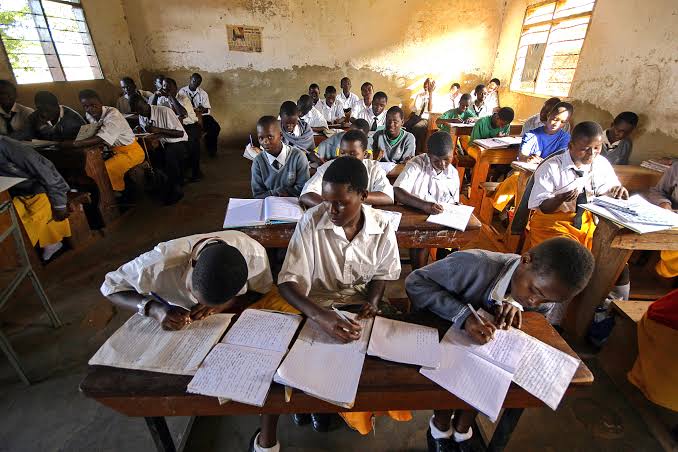Kolkata, once known for its lush green spaces and waterways, has in recent decades seen a significant rise in pollution levels. This is a problem shared by many large cities in India, but Kolkata’s unique geography, growing population, and rapid urbanization have intensified the issue. The city, like many other urban centers, has been grappling with severe air and water pollution. In response, both the Kolkata Municipal Corporation (KMC) and the West Bengal government have introduced various strategies and initiatives to curb pollution, protect the environment, and improve the quality of life for its citizens. This detailed report explores the causes of Kolkata’s pollution problems, the ongoing government initiatives to tackle air and water pollution, the role of industries and public participation, and the long-term challenges and prospects for success.
The Causes of Kolkata’s Pollution Problem
Kolkata’s environmental degradation stems from a combination of factors, including industrial emissions, unchecked vehicular growth, construction activities, and poor waste management. The city’s geographical location near the Hooghly River, combined with dense urbanization, makes it particularly vulnerable to both air and water pollution. Key contributors include:
1. Vehicular Emissions
The rapid increase in private vehicles has significantly worsened air quality. The emissions from old, poorly maintained vehicles contribute heavily to particulate matter (PM10 and PM2.5), nitrogen oxides (NOx), carbon monoxide (CO), and other toxic pollutants. Diesel-powered buses and trucks, which frequently ply the city’s roads, are among the worst offenders, releasing high levels of NOx and PM.
2. Industrial Activities
Kolkata is surrounded by industrial zones that generate massive amounts of air and water pollution. Factories and power plants, especially those using fossil fuels like coal, emit large quantities of sulfur dioxide (SO2), nitrogen dioxide (NO2), and other harmful pollutants into the atmosphere. The waste from these industries is often dumped into local rivers, including the Hooghly, without adequate treatment.
3. Construction and Dust
Kolkata is undergoing rapid development, with new buildings, bridges, and infrastructure projects sprouting up across the city. Construction activities produce significant dust, contributing to airborne particulate pollution. Moreover, road dust and poorly managed construction debris add to the particulate matter that degrades air quality.
4. Water Pollution
The pollution of the Hooghly River and other smaller water bodies has reached alarming levels. Untreated sewage, industrial effluents, and solid waste are regularly dumped into these water bodies, causing severe contamination. Heavy metals from factories, chemical waste from tanneries, and untreated municipal waste have made parts of the Hooghly River unfit for drinking, bathing, or irrigation.
5. Waste Management
One of the most visible causes of water pollution is the mismanagement of solid waste. Unregulated dumping of garbage into water bodies, poor recycling practices, and limited landfill capacity exacerbate Kolkata’s waste problem. Additionally, plastic waste has become a critical issue, clogging drains and waterways, further contaminating water sources, and worsening the flooding problems during the monsoon season.
Government Initiatives to Combat Pollution
In response to Kolkata’s growing pollution crisis, the city administration, along with the West Bengal state government and national-level environmental bodies, has launched a series of targeted initiatives aimed at both air and water pollution. These efforts reflect a multi-pronged approach that focuses on cleaner technologies, stricter regulation, public awareness, and infrastructure development.
1. Air Pollution Control Measures
The introduction of stricter vehicular emission norms and the promotion of electric vehicles (EVs) have been central to Kolkata’s strategy to reduce air pollution. The city has begun phasing out older, more polluting vehicles and encouraging the use of cleaner alternatives like CNG and electric buses. The government has also partnered with private companies to expand the charging infrastructure for EVs.
In addition to vehicular controls, the city has implemented restrictions on construction activities during periods of high pollution and mandated dust suppression measures at building sites. In heavily industrialized areas, monitoring stations have been set up to track emissions in real-time, allowing authorities to respond quickly to pollution spikes.
2. Water Pollution and Waste Management
The Kolkata Municipal Corporation has made efforts to address water pollution by constructing sewage treatment plants (STPs) along the Hooghly River. These plants treat municipal wastewater before it is discharged into the river, reducing the contamination levels significantly. Additionally, the KMC has taken steps to prevent untreated industrial waste from being dumped directly into the river by implementing stricter effluent treatment regulations for factories.
Efforts to manage solid waste have also been ramped up. Segregation of waste at the source, improved garbage collection systems, and the establishment of waste-to-energy plants are some of the initiatives aimed at reducing the burden on Kolkata’s overfilled landfills. The city has also launched extensive campaigns to discourage the use of single-use plastics, which are a significant contributor to water pollution.
3. Afforestation and Green Initiatives
To improve air quality and provide much-needed green spaces in the city, the Kolkata administration has launched large-scale afforestation programs. Native tree species are being planted along roadsides, in parks, and on public land to increase the city’s green cover. These trees act as natural air purifiers, absorbing carbon dioxide and other pollutants, while also providing shade and reducing the urban heat island effect.
In addition to tree planting, the administration is developing new parks and urban forests as part of its green initiative. These green spaces not only help in mitigating air pollution but also enhance the quality of life for the city’s residents.
4. Industrial Regulations and Compliance
The West Bengal Pollution Control Board (WBPCB) has tightened industrial pollution controls, requiring industries in and around Kolkata to adhere to stricter emission and effluent standards. Continuous monitoring of air and water pollution levels around industrial zones helps ensure that industries are held accountable for any violations. There has been a push toward cleaner technologies, with industries being incentivized to adopt renewable energy sources and improve energy efficiency.
5. Public Awareness and Participation
The success of these pollution control initiatives depends largely on the cooperation of the public. Awareness campaigns have been launched to educate the citizens of Kolkata about the health risks associated with pollution and the steps they can take to reduce their environmental footprint. These campaigns focus on reducing plastic use, promoting carpooling, and encouraging recycling practices. The administration has also engaged with local communities to raise awareness about the dangers of dumping waste in water bodies and the importance of proper sanitation.
Long-Term Challenges and Prospects for Kolkata’s Environmental Future
Despite the positive steps taken by the government, several challenges remain in effectively combating Kolkata’s pollution problem. The rapid pace of urbanization, combined with the pressures of industrialization, continues to strain the city’s environment. Enforcing pollution control laws consistently across industries and ensuring compliance with emission norms is a significant challenge.
Another hurdle is the need for greater investment in public transportation and waste management infrastructure. Kolkata’s public transport system, while extensive, needs further upgrades to meet the growing population’s demands. Expanding the Metro system, introducing more electric buses, and promoting bicycle use could reduce the city’s reliance on private vehicles and lower vehicular emissions.
Similarly, Kolkata’s waste management system requires substantial improvements. The establishment of more waste treatment plants, the promotion of recycling, and the development of sustainable waste disposal methods are essential to addressing both air and water pollution in the long term.
Additionally, the impact of climate change poses an existential threat to Kolkata. Rising sea levels, more frequent flooding, and extreme weather events could worsen the city’s environmental degradation. Thus, integrating climate resilience into urban planning and pollution control efforts will be critical for the city’s future sustainability.
Kolkata’s pollution crisis, though severe, is not insurmountable. The city’s administration, alongside the West Bengal state government and various national environmental bodies, has taken a range of important steps to address both air and water pollution, prioritizing cleaner technologies, enhanced regulatory frameworks, and the active involvement of the public. These efforts, while commendable, are just the beginning of what will need to be a sustained and long-term battle against the many sources of pollution in the city.
Over the years, Kolkata has made some strides in terms of air quality improvement, largely by focusing on vehicular emissions through the introduction of stricter regulations. However, the scale of the challenge requires more aggressive adoption of cleaner technologies, such as the mass transition to electric vehicles (EVs) and the modernization of public transport infrastructure. Additionally, industries around Kolkata, which contribute significantly to both air and water pollution, are being monitored more rigorously. New emission standards and waste treatment regulations have been put in place, but enforcement remains a key issue. Many industries have yet to fully comply with these stricter standards, necessitating more stringent oversight by authorities.
In terms of water pollution, the focus has been on cleaning the Hooghly River and other vital water bodies that have suffered from decades of contamination due to untreated sewage and industrial waste. The government’s initiatives, such as setting up sewage treatment plants and preventing direct waste dumping into the river, are significant steps in the right direction. Yet, for these measures to have a lasting impact, consistent effort and investment will be needed to not only maintain these systems but also expand their reach to cover more areas that remain vulnerable to pollution.
Public awareness and participation have also been prioritized, with campaigns encouraging citizens to adopt more environmentally friendly habits, such as waste segregation, recycling, and reducing the use of plastic. However, these efforts alone will not be enough. For Kolkata to truly overcome its pollution crisis, there needs to be a strong collaboration between the government, industries, and the public. The city must continue investing in sustainable infrastructure, such as expanded public transport networks, waste-to-energy plants, and more efficient waste management systems.
One of the most critical aspects of tackling pollution in Kolkata is climate resilience. The city is particularly vulnerable to the effects of climate change, such as rising sea levels, frequent flooding, and extreme weather events. These challenges further complicate efforts to improve air and water quality. Therefore, Kolkata’s pollution control strategies must be aligned with broader climate resilience efforts, ensuring that the city is prepared to cope with the environmental challenges that lie ahead.

 A.B.M. Abir
A.B.M. Abir 
























